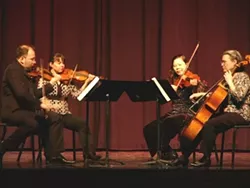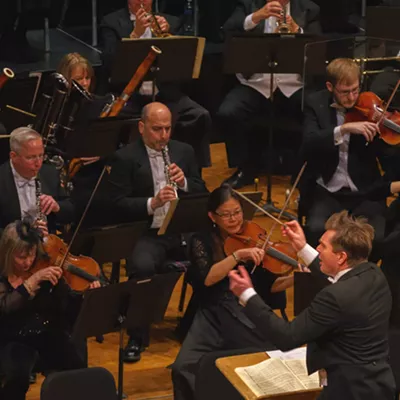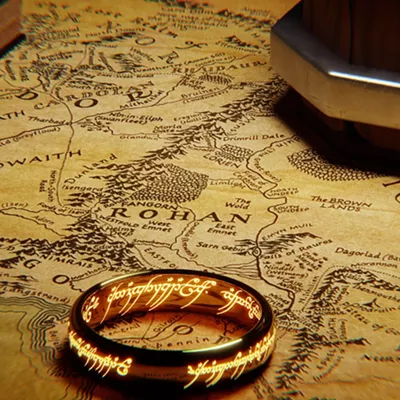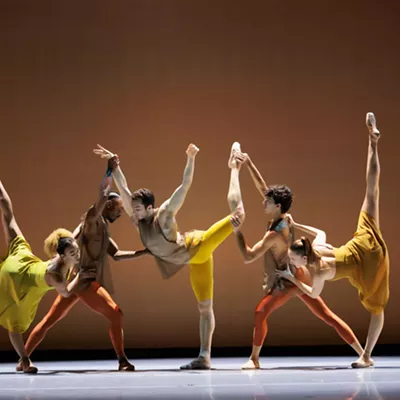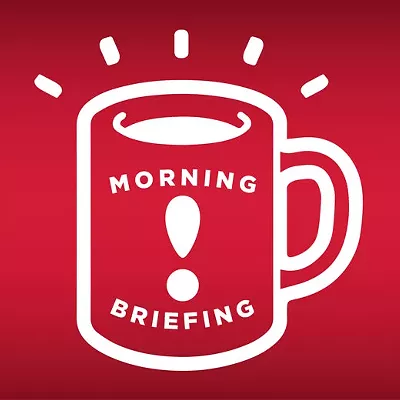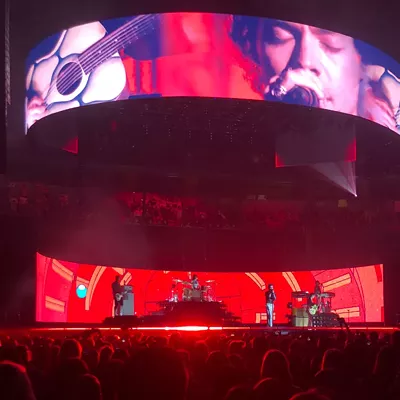Friday, March 25, 2011
Appearing at the Bing this weekend: Wolfgang Amadeus Mozart
An accomplished horn player is going to sit in with the Spokane String Quartet on Sunday afternoon and play a little five-way Mozart music for your listening pleasure.
The Spokane String Quartet will perform Mozart's Horn Quintet and three other works with horn player Gail Williams on Sunday, March 27, at 3 pm at the Bing, 901 W. Sprague. Tickets: $18; $15, seniors; $10, students. Visit spokanestringquartet.org or call (800) 325-SEAT.
Williams played with the Chicago Symphony Orchestra for 20 years, and was associate principal horn with the CSO for most of the '80s and '90s.
This particular concert was born because Tracy Dunlop (the Spokane String Quartet's second violinist) is "lucky enough to get to listen to Gail play every summer in [Wyoming's] Grand Teton Festival Orchestra, where we both are members. She is a phenomenal player and person," Dunlop says, "not to mention a living legend in the brass/horn world, being from the killer brass era of the Chicago Symphony."
The deal was: If Williams agreed to play with the SSQ, she could select the entire program. So, in addition to Mozart's Quintet for Horn and Strings, she selected
• a Quartet for Horn and Strings by Johann Andreas Amon, a Bavarian near-contemporary of Mozart's;
• a Romanza by Arthur Butterworth, who's still kicking at 87, and
• "Arioso and Scherzo" (1950) by Arnold Cooke, an English composer who was most active in the 1940s.
SSQ cellist Helen Byrne responded by e-mail to a few questions about this weekend's concert: ---
Inlander: How frequently is the Mozart Horn Quintet performed?
Inlander: How did you end up programming the less well known pieces?
Byrne: Brass players NEVER want to play everything — it's an endurance issue — so we never dreamed she would select music where she had to play every piece. But a deal's a deal, so we've ended up with the more obscure pieces in addition to the Mozart.
Why does Mozart specify two violas instead of two violins?
The balance issues of having the warm, rich sound of the horn against the thinner, more pointed sound of the strings can be bridged by using the richer sounding viola, and using two of them!
What's it like collaborating with a horn player?
We assume we have balance issues with a horn, both from the sheer volume possible and also from the color contrasts I mentioned above. Particularly in the Butterworth, we have to approach the string parts in a very big, orchestral way, with lots of tremolo passages.
Any particularly tricky passages?
I haven't heard anyone complaining about their parts except for me. The Amon is unusual in that the cello plays along in a fairly uncomplicated Mozart-style way, and then, all of a sudden, just leaps into a high, melodic role with no warning. Maybe Amon's cellist was bored and this was one way to handle the complaints.
Is there anything distinctively Austrian or German or English in these four works?
Actually, I think the Cooke (English) sounds a lot like Hindemith (German), with his angular melodies. But it also has that wistful feeling a lot of English music has. Then he moves into a romping horn-call movement that could have come out of a fox hunt anywhere.
[ photo from News Bonners Ferry, newsbf.com, from a North Idaho concert given this month by the SSQ ]
Tags: chamber music , classical music , Spokane String Quartet , Culture , Arts & Culture , Image

